LOCALITY IMAGES
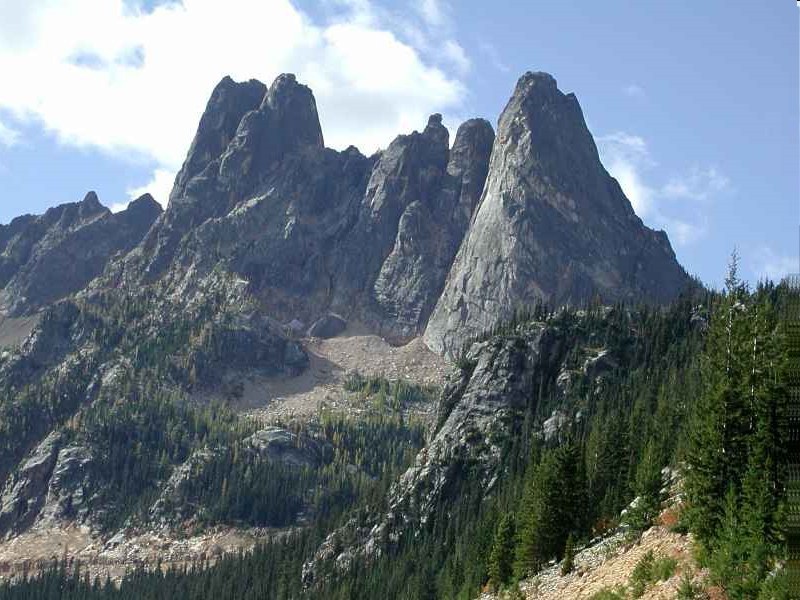
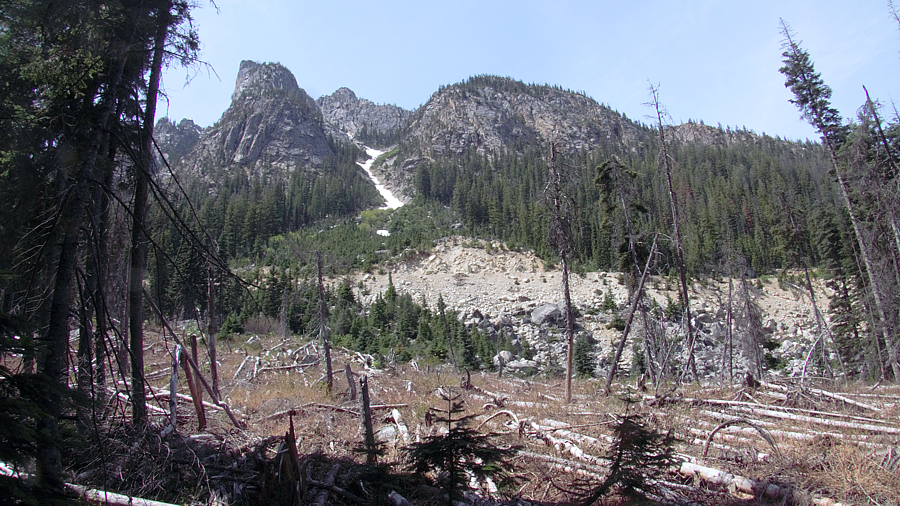
GEOLOGY
Golden Horn Batholith - Tertiary period, Eocene epoch - (49 millions of years before present).
The Golden Horn Batholith is a highly evolved alkaline (sodium-rich) granite that hosts a suite of rare minerals.
About 50 million years ago, the magma that formed the batholith cooled and the rock-forming minerals began to crystallize. Through the process of fractional crystallization, the residual liquid became increasingly enriched in incompatible elements (such as lithium, zirconium, and the REE (rare earth elements)) as the rock-forming mineral phases that were crystallizing rejected them.
Late stage volatile rich fluids carrying this highly fractionated chemistry precipitated a suite of rare minerals in miarolitic cavities within the alkaline granite.
The Golden Horn Batholith is the type locality for three of these rare
mineral species, zektzerite- NaLiZrSi6O15, the
REE mineral, okanoganite-
(Na,Ca)3(Y,Ce)12Si6B2O27F14 and calciohilairite- CaZr[SiO
3]3·3H2O.
Over 50 mineral species have been identified at this locality, with a great potential for new mineral discoveries.
Collecting is within the Okanogan National Forest. The host granite covers a vast area of of alpine terrain.
MINERALS (incomplete list) CLICK for COMPLETE LIST
|
|
| *Aegirine-
| Na3Fe3+Si2O6
- Occurs as mm-scale dark green to green opaque to gemmy acicular crystals, as individual crystals, masses of crystals, radial sprays or as epitaxial growths on arfedsonite terminationsup to many centimeters in length in mariolitic cavities and and as acicular aggregates in pegmatitic portions of the alkali granite. Also occurs as inclusions within smoky quartz.
|
| *Arfvedsonite-
| Na3(Fe,Mg)4(Fe,Al)Si8O22(OH)2
- Occurs as brilliant black prismatic crystals up to many centimeters in length in mariolitic cavities and and as acicular aggregates in pegmatitic portions of the alkali granite. Also occurs as inclusions within smoky quartz.
|
| *Astrophyllite-
| (K,Na)3(Fe,Mn)7Ti2Si8O24(O,OH)7
- Occurs as bronze micaceous bladed
aggregates with metallic luster in some miarolitic cavities and as massive aggregates in pegmatitic portions of the alkali granite.
Some smoky quartz crystals contain brilliant thin transparent red
blades of astrophyllite.
|
| *Bastnaesite-(Ce)
| CeCO3(OH,F)
- Occurs as mm-scale orange prismatic hexagonal crystals.
|
| *Calciohilairite-
| CaZr[SiO
3]3·3H2O
- Occurs as rare white to bluish-white microcrystals. |
| *Chamosite-
| (Fe2+)5Al(Si,Al)4O10(OH,O)8
- Typically occurs as a coating of pearly-lustered brown crystals. |
| *Gadolinite-(Ce)
| (Ce,La,Nd,Y)2Fe++Be2Si2O10
- |
| *Genthelvite-
| Zn4Be3(SiO4)3
- |
| *
Microcline-
| KAlSi3O8
- Occurs as opaque white crystals to 1 cm lining miarolitic cavities. |
| *Okanoganite-
| (Na,Ca)3(Y,Ce)12Si6B2O27F14
- Occurs as rare tan to peach colored crystals typically less than 1 mm. |
| *
Quartz-
| SiO2
- Occurs as milky to smoky crystals lining pockets up to a few decimeters in length. Some quartz is gemmy with a smoky-amethyst coloration. Inclusions of arfvedsonite, astrophyllite, or other species are common.
|
| *
Riebeckite-
| Na2Fe+32Fe+23(Si8O22)(OH)2
- Occurs as acicular opaque dark blue-green crystals. Some riebeckite is absestiform.
|
| *
Siderite-
| FeCO3
- Occurs as mm-scale rhombohedra in miarolitic cavities.
|
| *
Zektzerite-
| NaLiZrSi6O15
- Occurs as white to gemmy pink crystals to about 4 cm. Zektzerite fluoresces green under short-wave ultraviolet light.
|
| *
Zircon-
| ZrSiO4
- Individual crystals to about 1 cm occur within some cavities. Specimens are brown, lusterous, and exhibit tetragonal prism faces.
|
* photographed
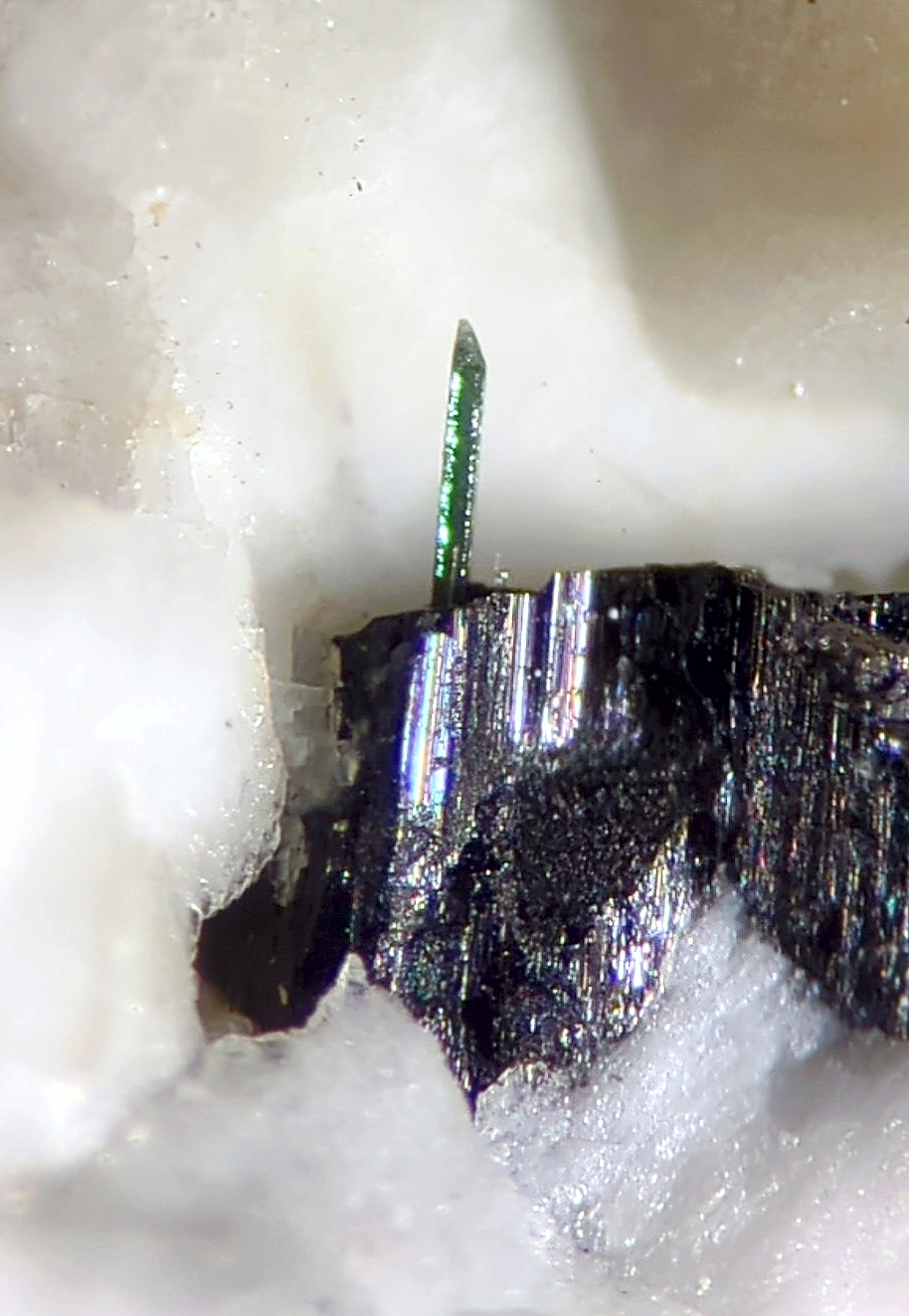
AEGIRINE
as epitaxial growth on ARFVEDSONITE
|
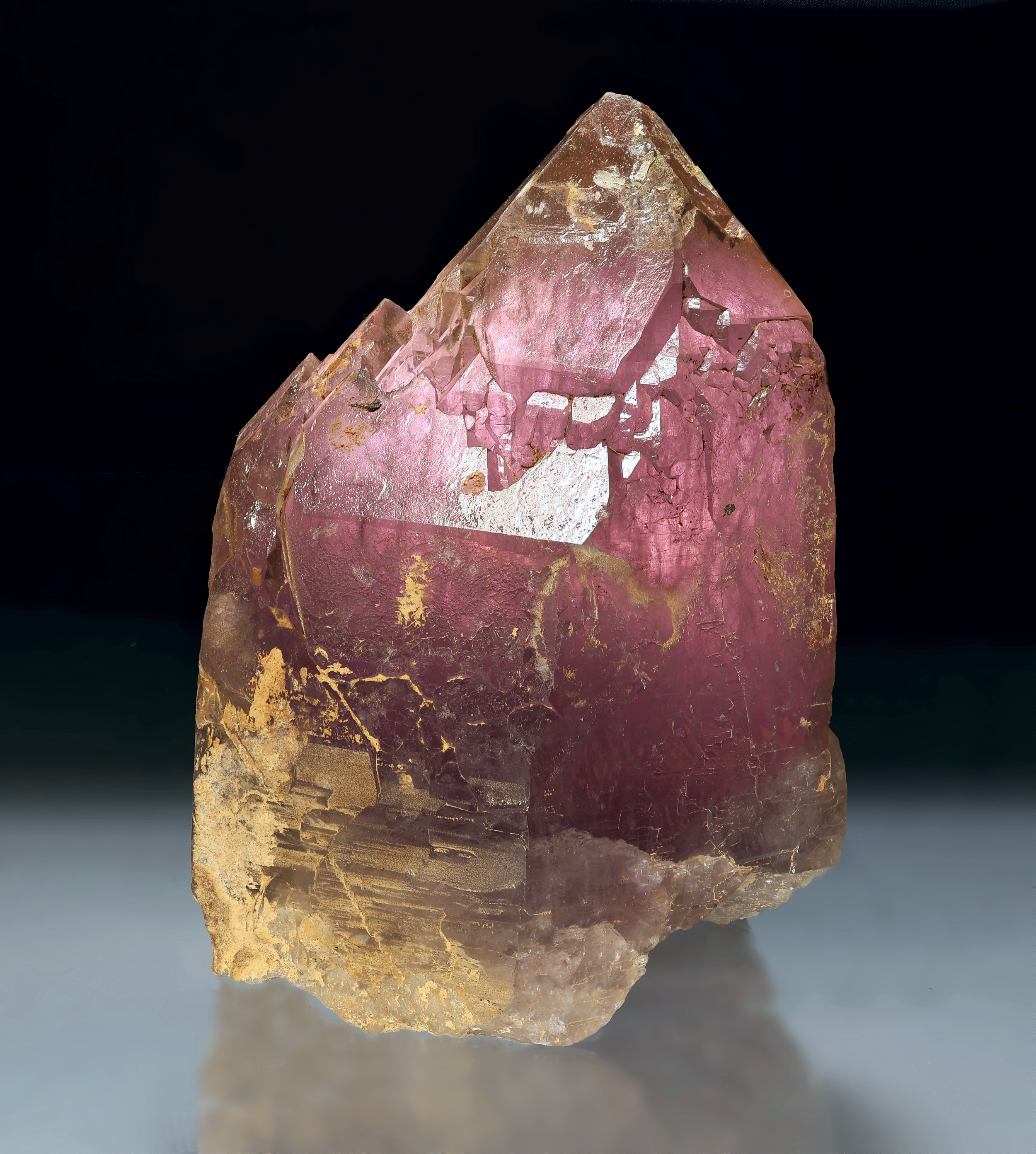
QUARTZ
(Var: Amethyst and Smokey)
Luke Garing Collection
|

ZEKTZERITE on matrix
Eli Hess Collection
|
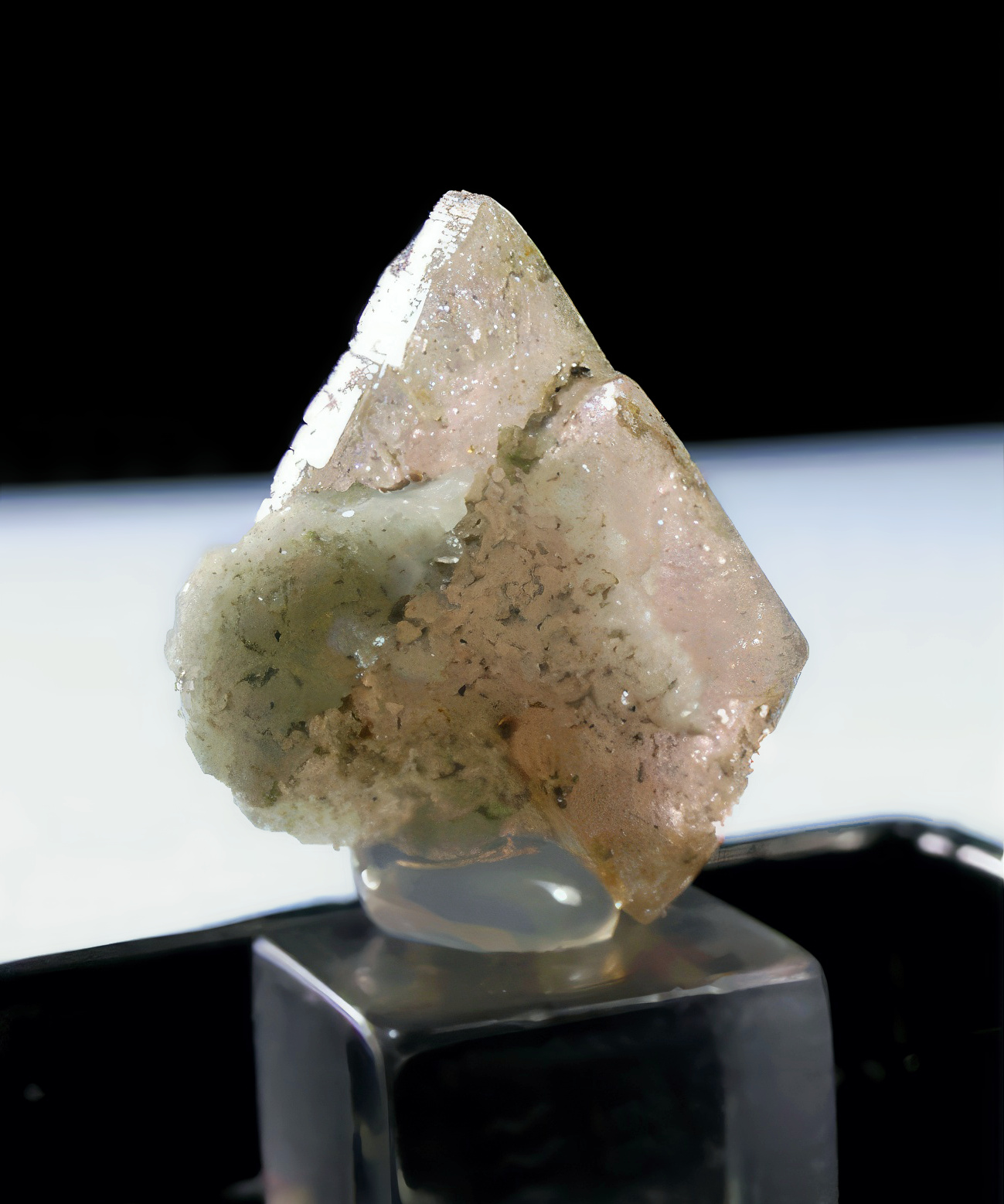
ZEKTZERITE
|
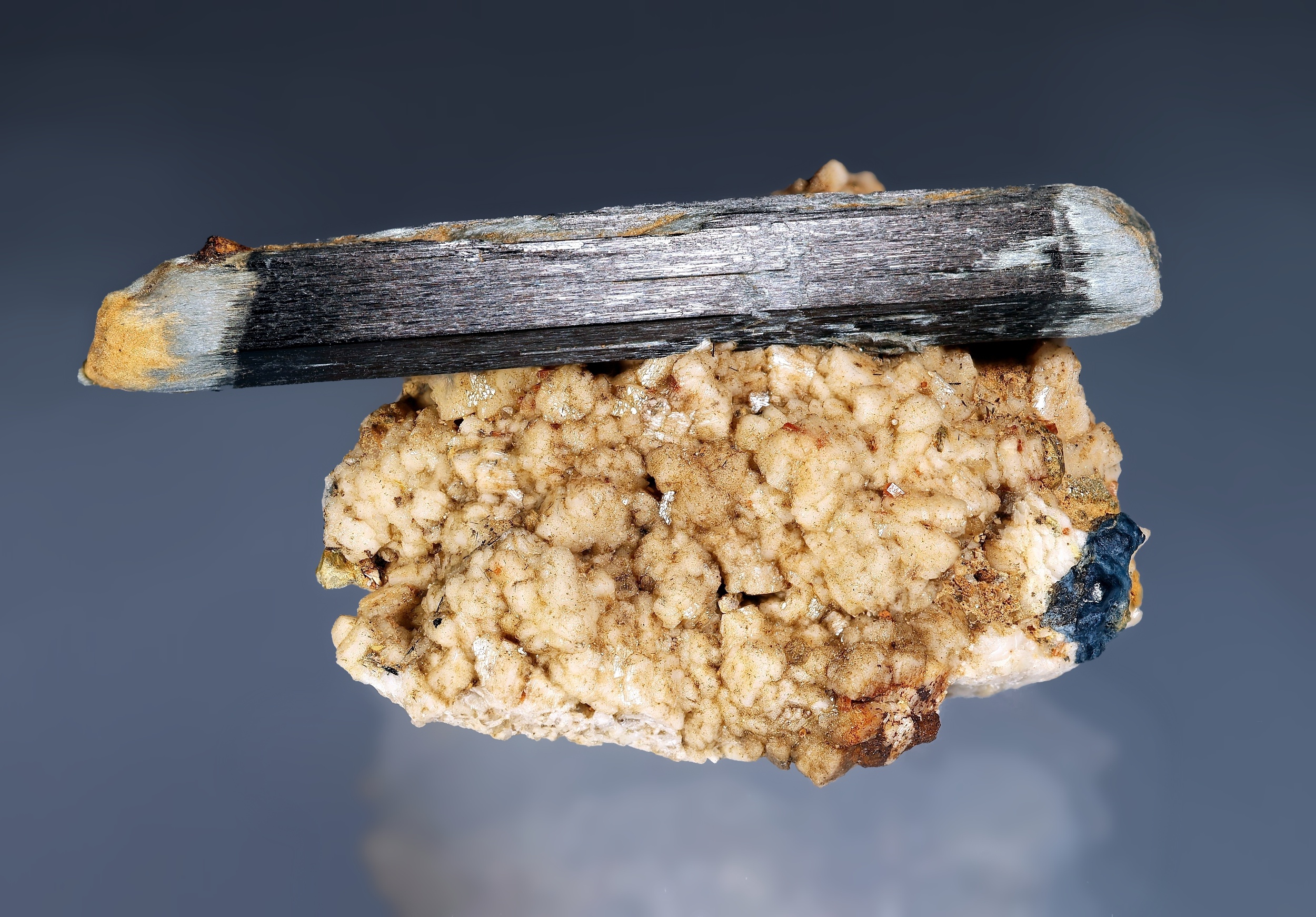
RIEBECKITE
Luke Garing Collection
|
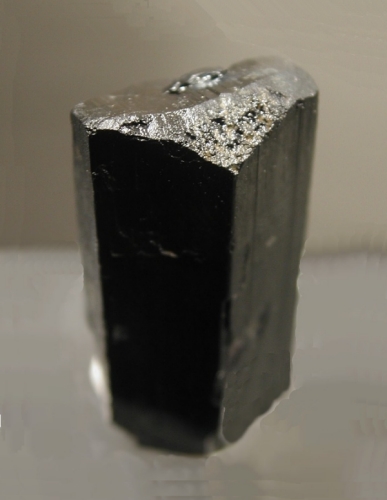
ARFVEDSONITE
|
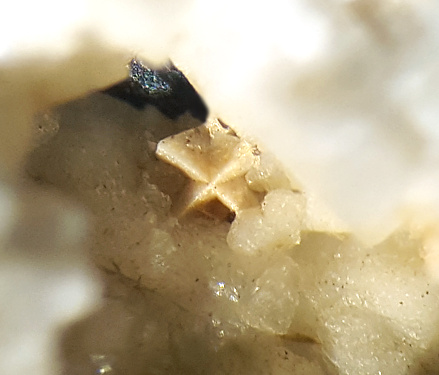
OKANOGANITE
(fourling twin)
|
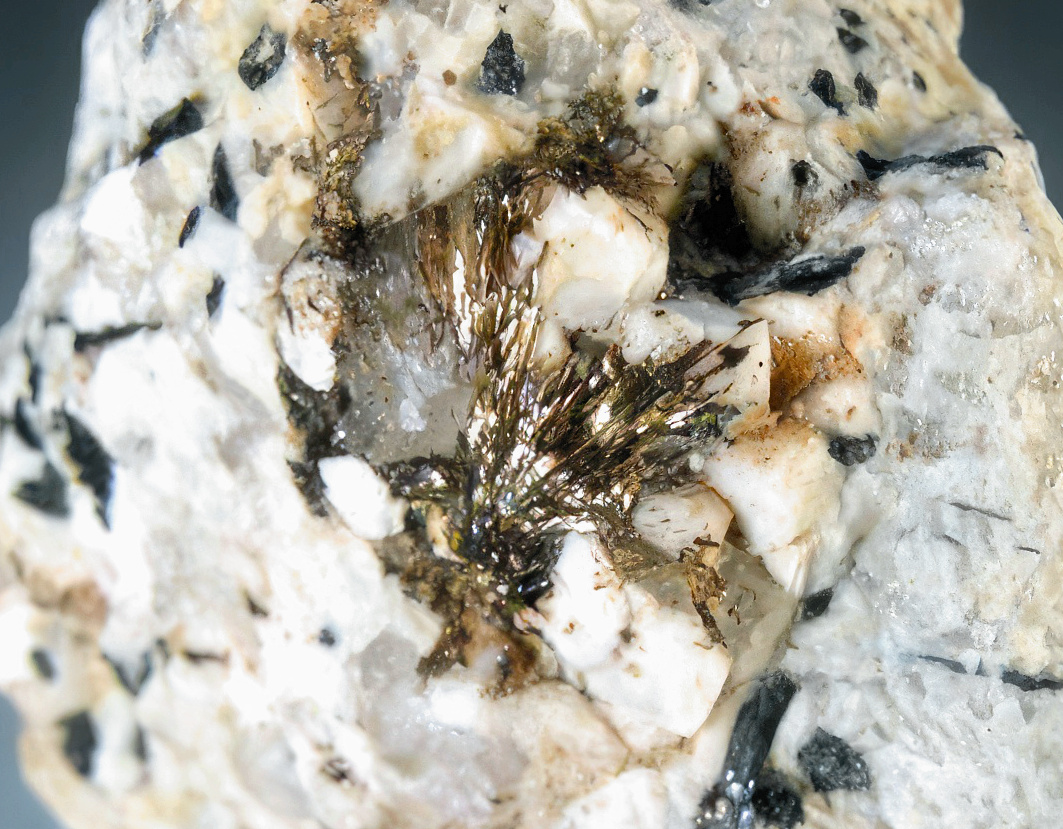
ASTROPHYLLITE
|

ASTROPHYLLITE
|
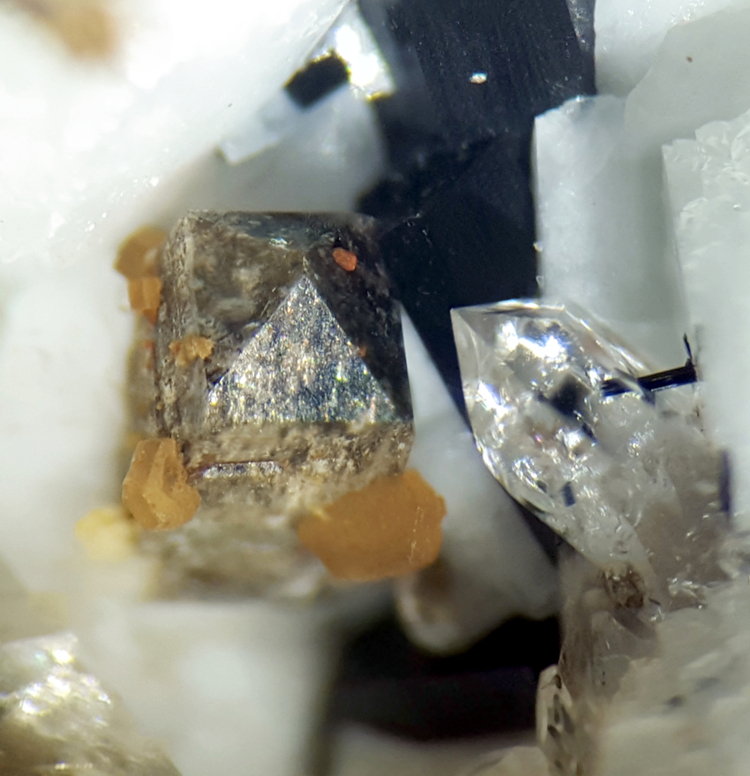
BASTNAESITE-(Ce)
perched on ZIRCON
|
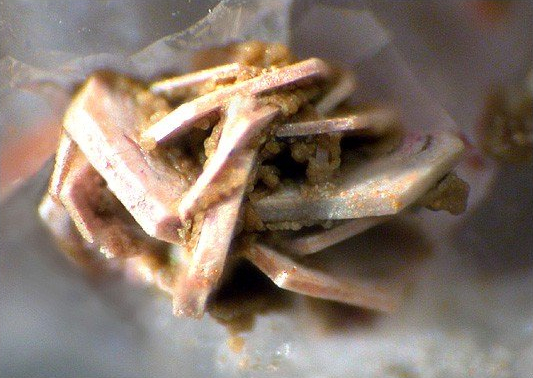
BASTNAESITE-(Ce)
Photo Copyright © Saul Krotki 2005
|
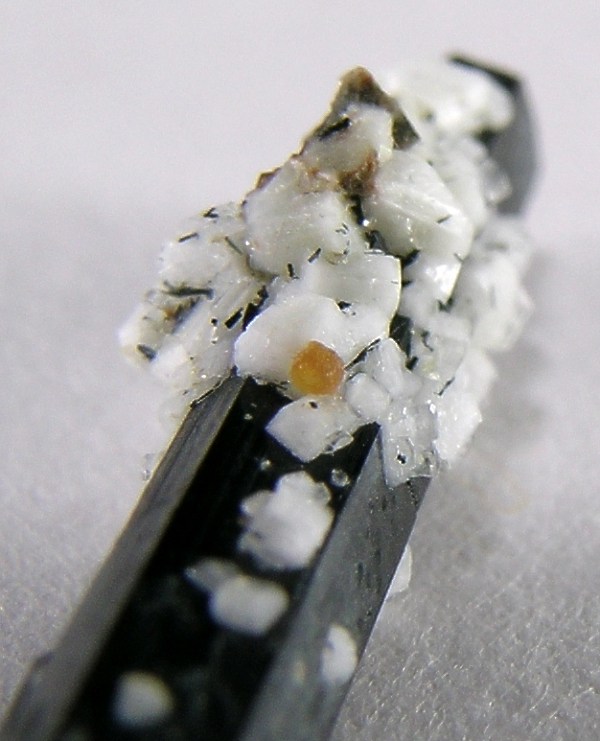
BASTNAESITE-(Ce)
(not confirmed)
|
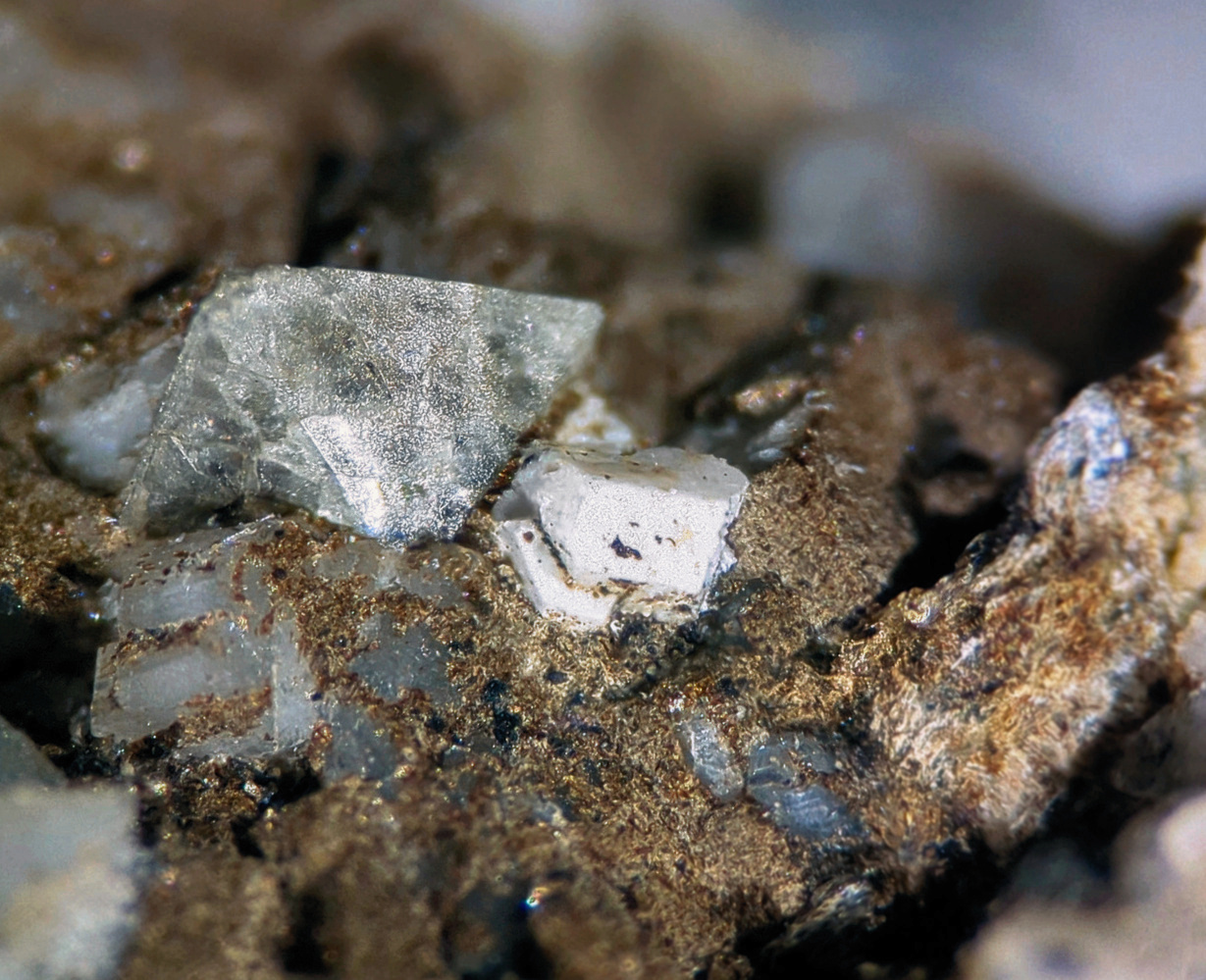
CALCIOHILAIRITE
|
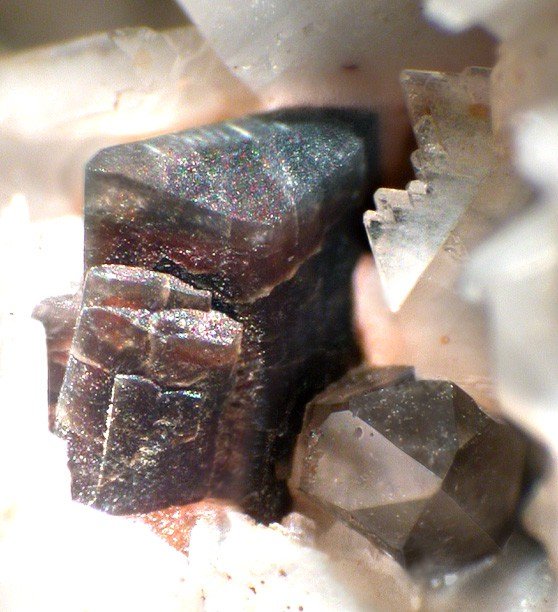
GADOLINITE-(Ce)
Photo Copyright © Saul Krotki 2009
|
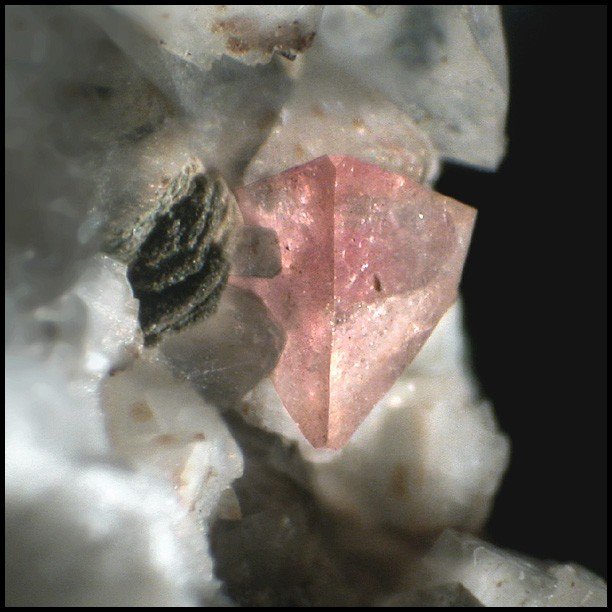
GENTHELVITE
Photo Copyright © Saul Krotki 2008
|
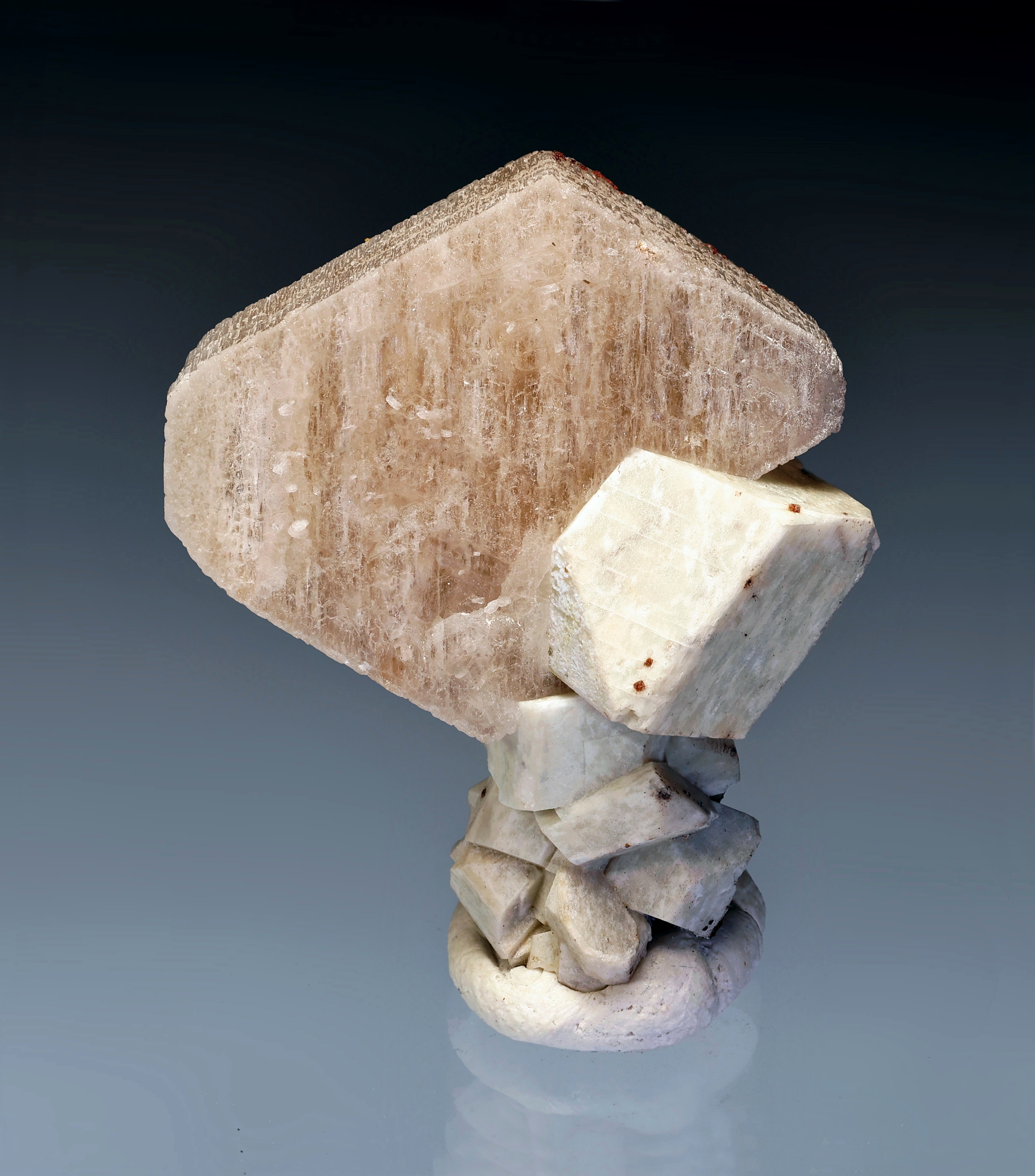
ZEKTZERITE MICROCLINE
Eli Hess Collection
|
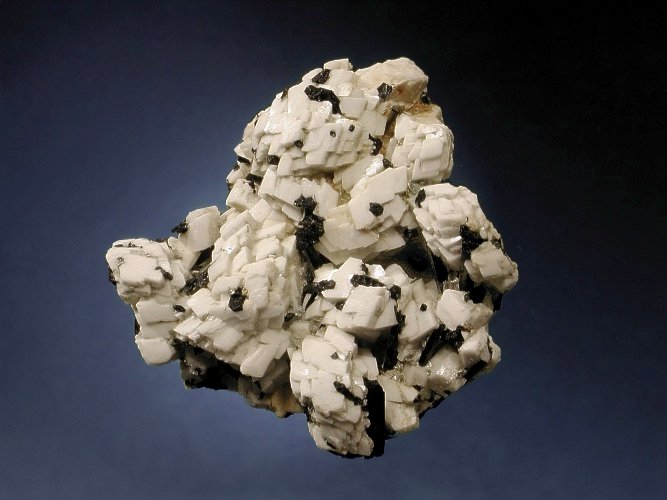
MICROCLINE,
ARFVEDSONITE
|
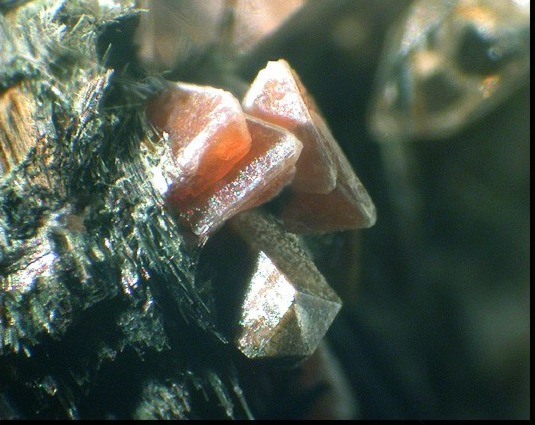
OKANOGANITE,
ZIRCON
Photo Copyright © Saul Krotki 2006
|
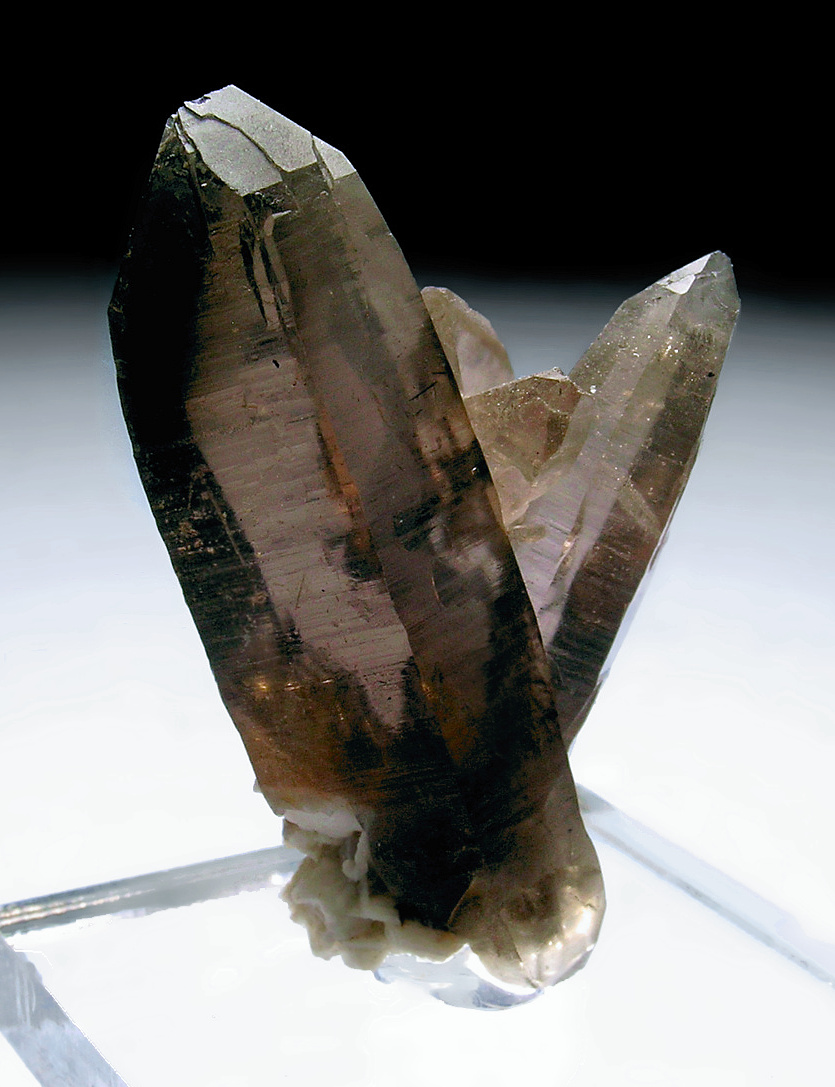
Smoky QUARTZ
with minor MICROCLINE
|
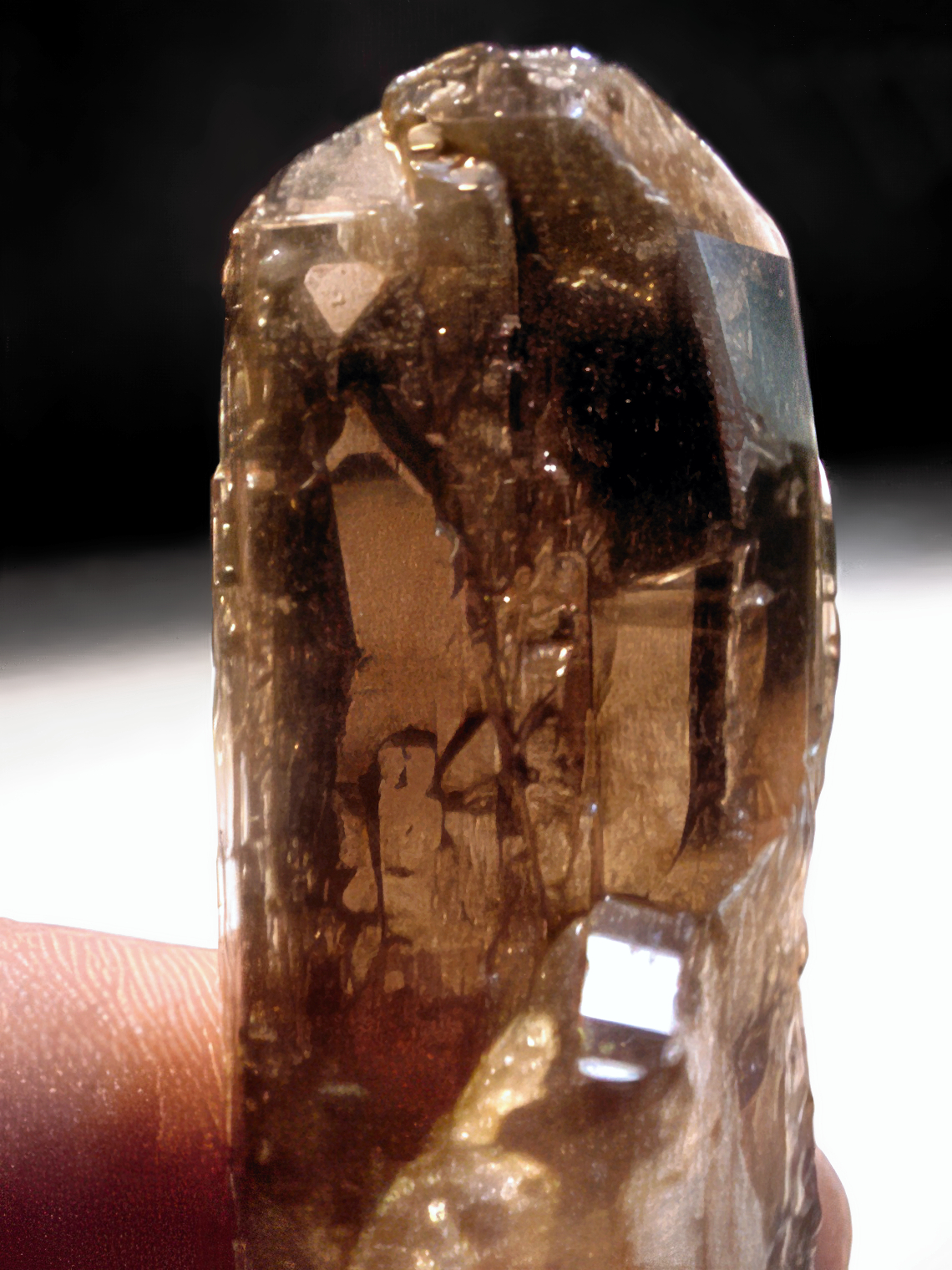
Gemmy smoky
QUARTZ
|
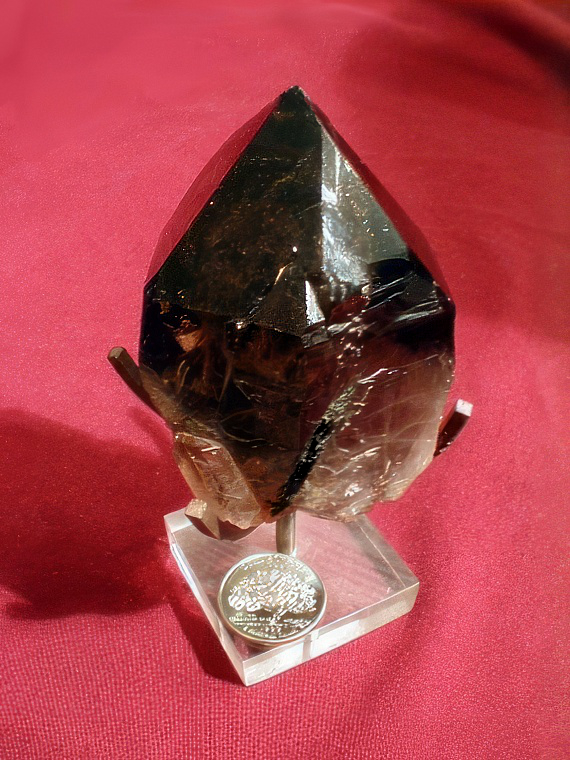
Smoky
QUARTZ
with
ARFVEDSONITE
inclusions
|
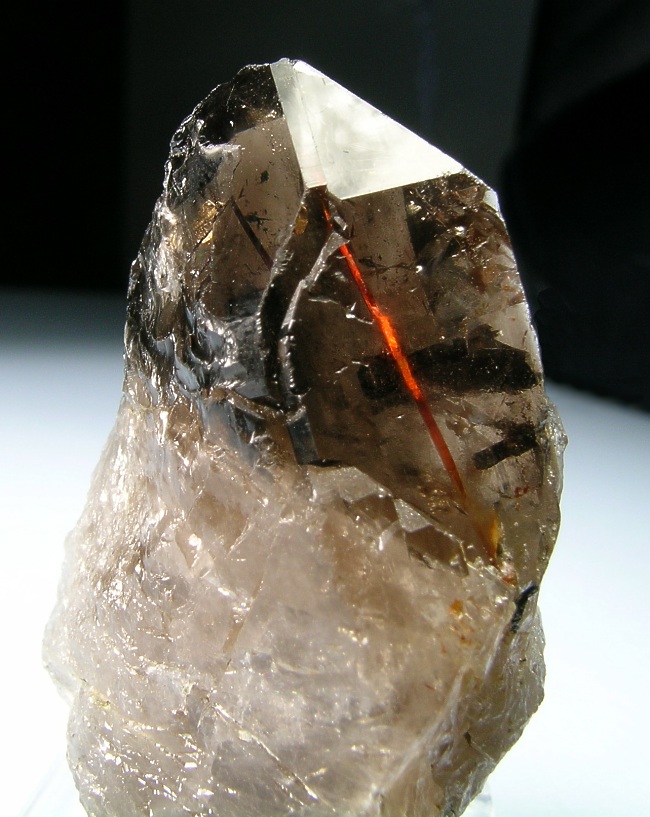
Smoky QUARTZ
with ASTROPHYLLITE
inclusion
|
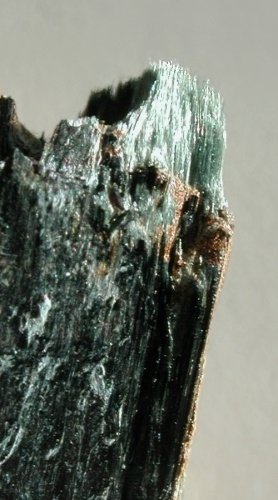
RIEBECKITE
|
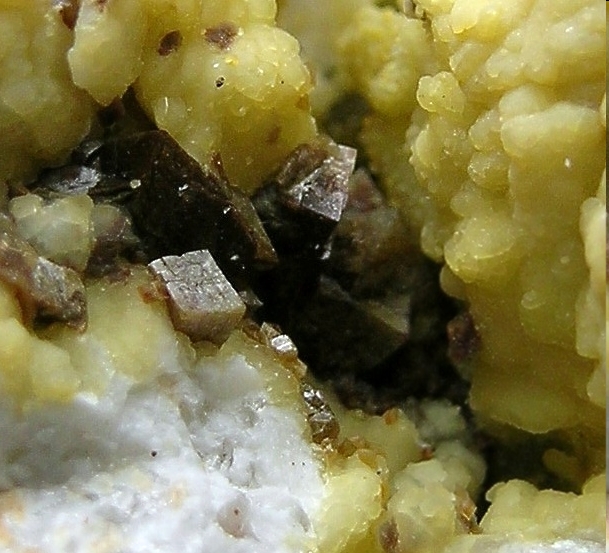
SIDERITE
|
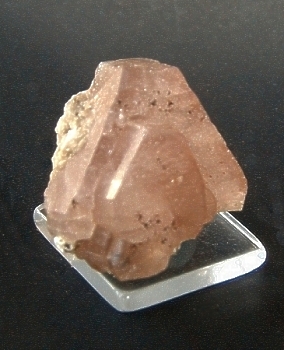
ZEKTZERITE
|
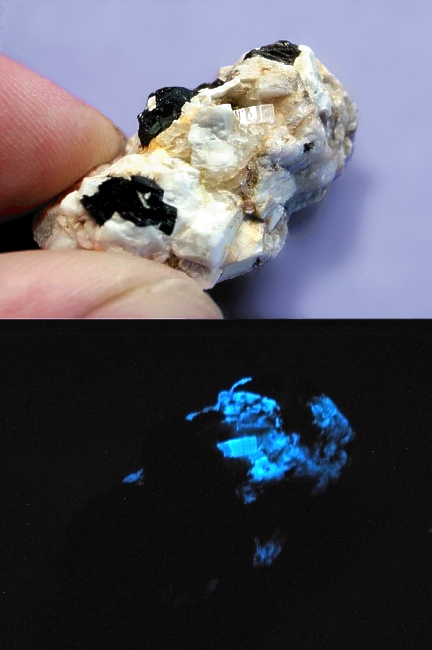
ZEKTZERITE
|
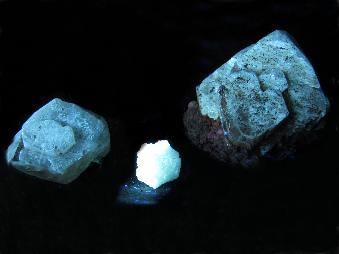
largest known
ZEKTZERITE
|
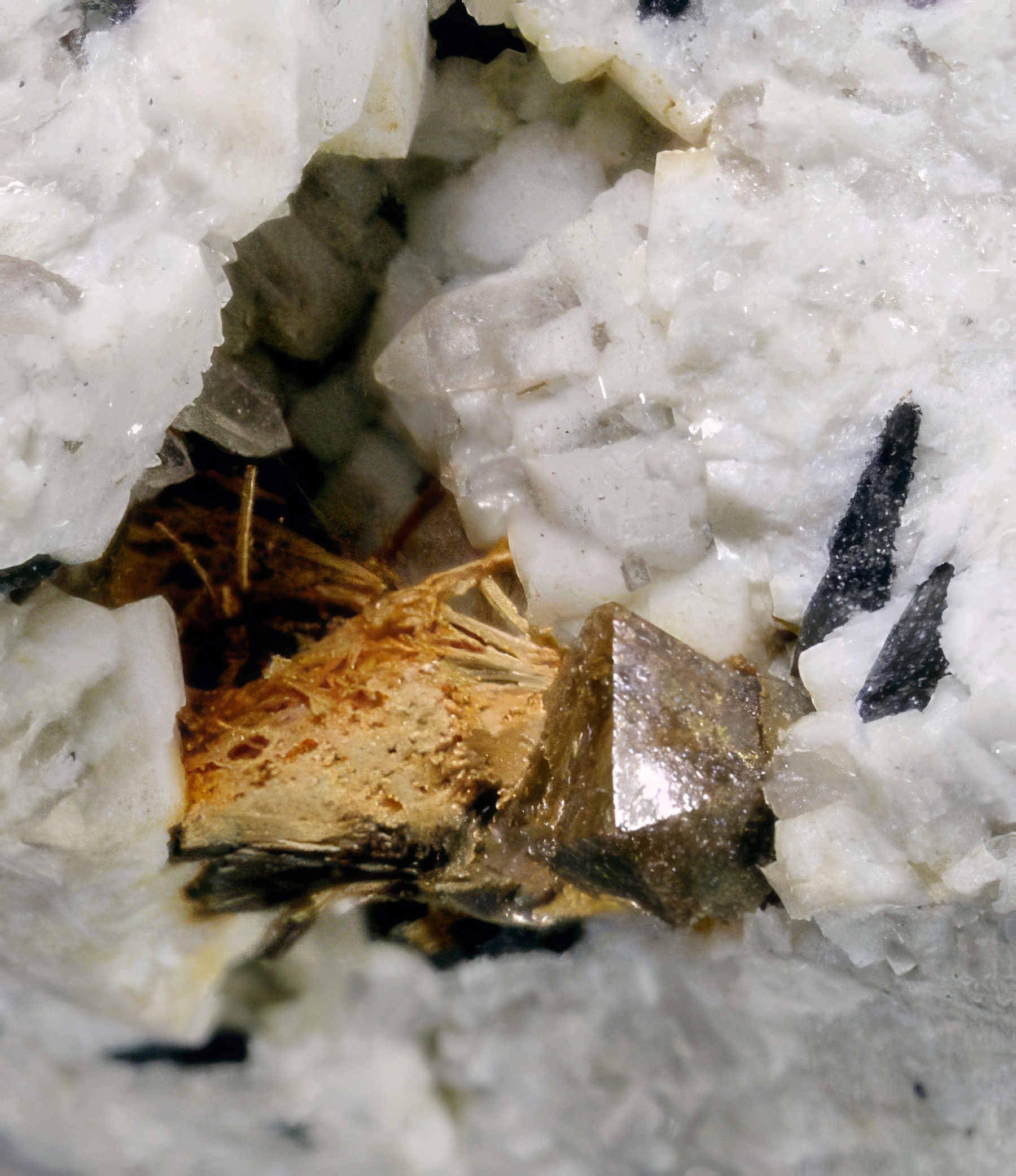
ZIRCON
in miarolitic cavity
|

ZEKTZERITE on matrix
Sam Ruiz Collection
|

ZEKTZERITE on matrix
Eli Hess Collection
|

































